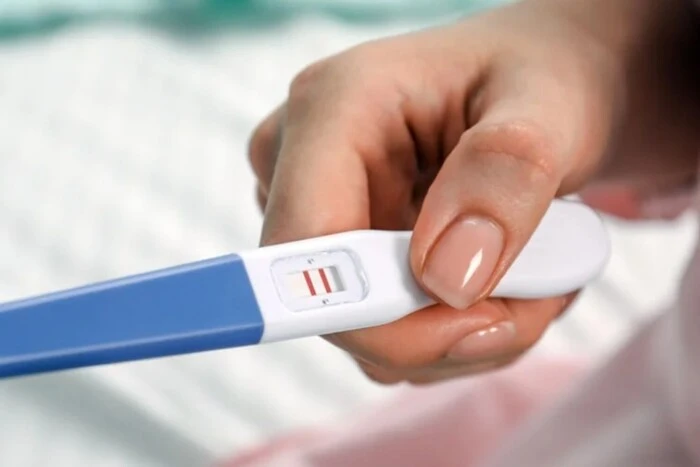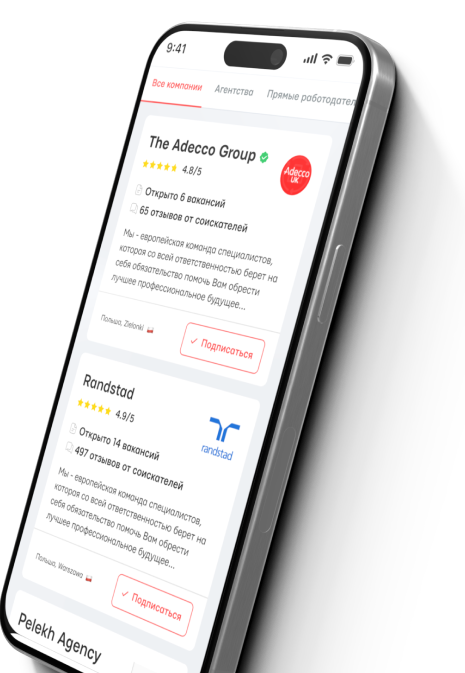The world's first child born as a result of fertilization performed by a machine.


The first child conceived using a highly automated method of in vitro fertilization (IVF) was born. A biotechnology company built a workstation that automatically conducts all 23 stages of the procedure. This helps eliminate the risk of human error during such procedures.
One of the IVF methods is intracytoplasmic sperm injection (ICSI), where sperm is injected into the egg in a laboratory setting. This method is often used in cases of male infertility, as sperm do not need to reach the egg on their own. The resulting embryos are transferred to the uterus. There is also the possibility of performing IVF by mixing sperm and eggs in a laboratory dish, but this method is less effective, although simpler.
ICSI requires high precision and professionalism from medical personnel. According to the chief scientific officer Jacques Cohen, mistakes can lower the chances of successful fertilization and childbirth.
The biotechnology company Conceivable Life Sciences built a workstation that automatically performs all stages of the standard ICSI procedure. The operator can monitor the process in real-Time and press a button to start each stage if they are at a remote distance. Previously, each stage of ICSI was performed manually.
At one stage, artificial intelligence is used to select the best sperm for fertilization based on their appearance. At another stage, sperm are immobilized with a laser to facilitate their creation. The sperm are then injected into previously collected eggs. This approach, which has already led to the birth of two children, is now carried out automatically, without human involvement.
A couple from Mexico, who faced issues with sperm and egg production, participated in the trials. Donor eggs were used for the procedure. As a result, five out of eight donor eggs were fertilized using the automated system, and four embryos were obtained. The remaining three eggs were fertilized using standard manual ICSI, and all of them turned into embryos.
Using another artificial intelligence model, the two best embryos were chosen based on their chromosomal appearance. Both embryos were created by the automated system, but that does not mean they are healthier than embryos created by manual ICSI.
The entire procedure took about 10 minutes and was monitored by the operator from a distance of 3700 km, but it can be conducted completely without human involvement.
One of the embryos did not develop, but the other led to a successful pregnancy and the birth of a healthy boy at the 38th week, the authors of the method reported in the journal Reproductive BioMedicine Online.
Given the few trial cases and the limited number of eggs, it is impossible to draw definite conclusions about the success of the automated system compared to the traditional ICSI method. However, these methods may be useful in the future to facilitate the procedures of in vitro fertilization and reduce the risk of errors.
Read also
- The Best Beaches in Europe in 2025: An Unexpected Country in the Lead
- Israel stated that it attacked nuclear weapon development sites in Iran
- A Woman Bought a Burger at a Turkish McDonald's and Was Shocked by the Price
- The tragedy in Israel: a family from Ukraine has died - new details revealed
- A six-year-old boy has gone missing in Ivano-Frankivsk region: the search continues for the second day
- Judge of 'MasterChef' reported on the condition of a colleague who lost everything due to a rocket attack










